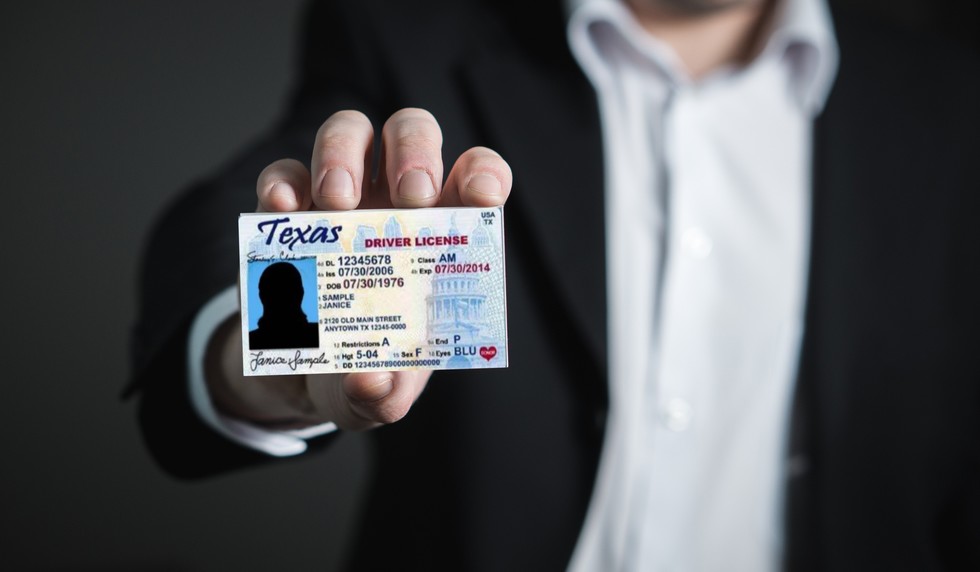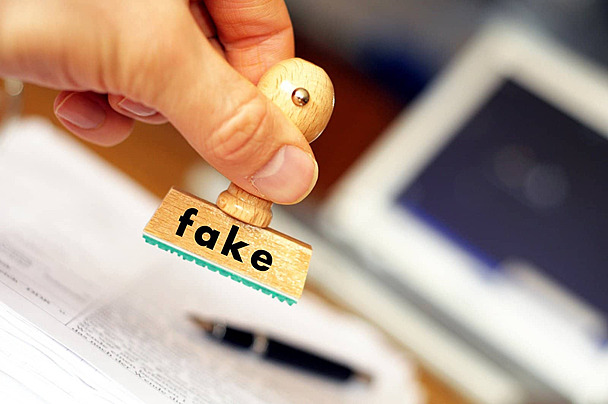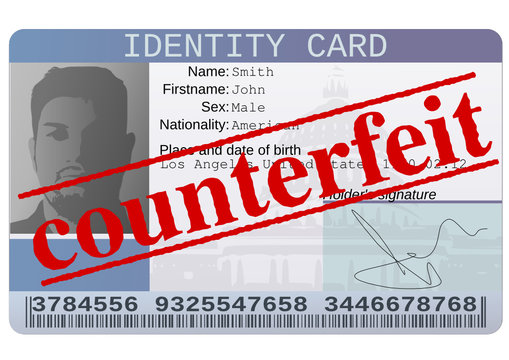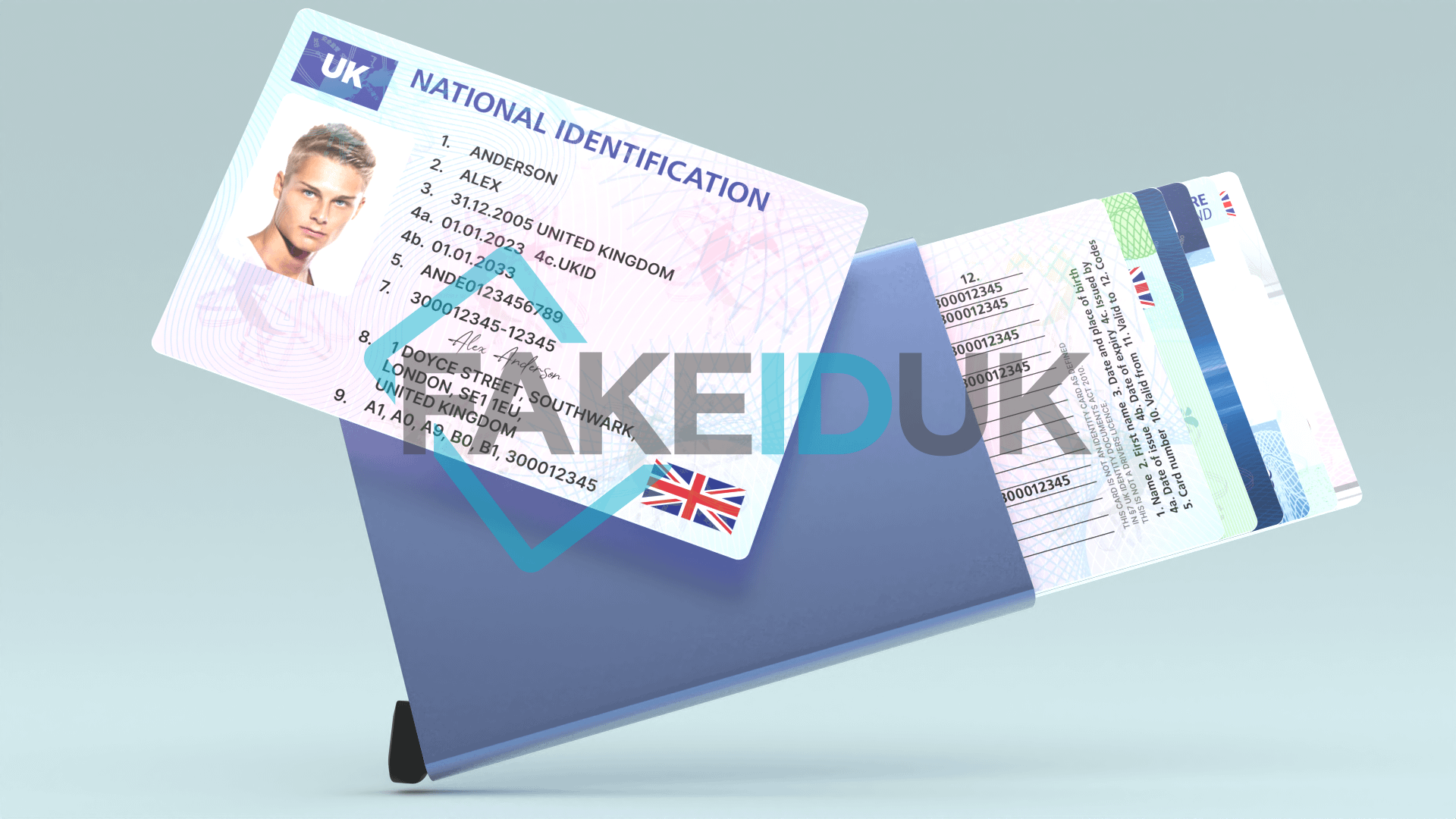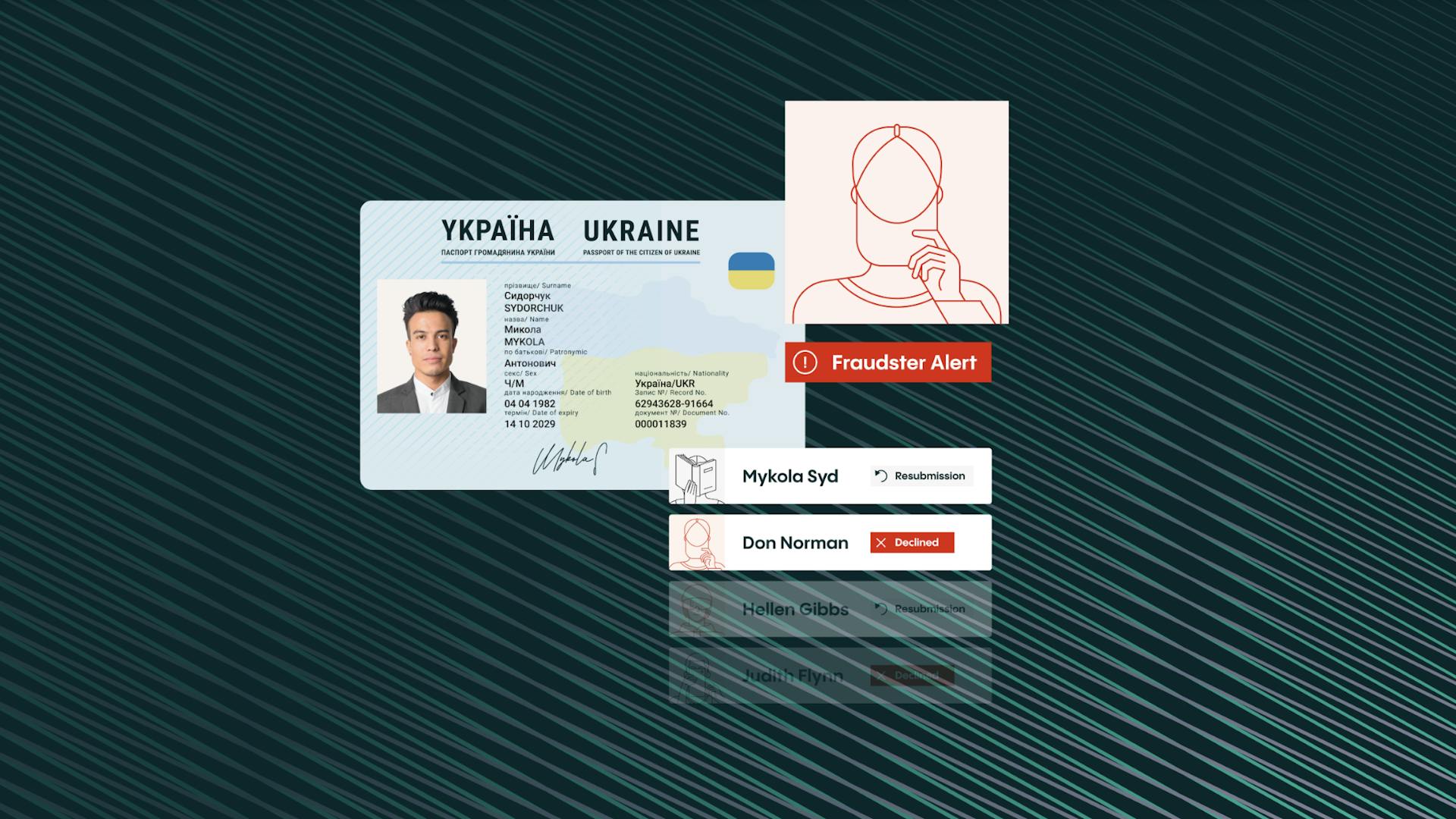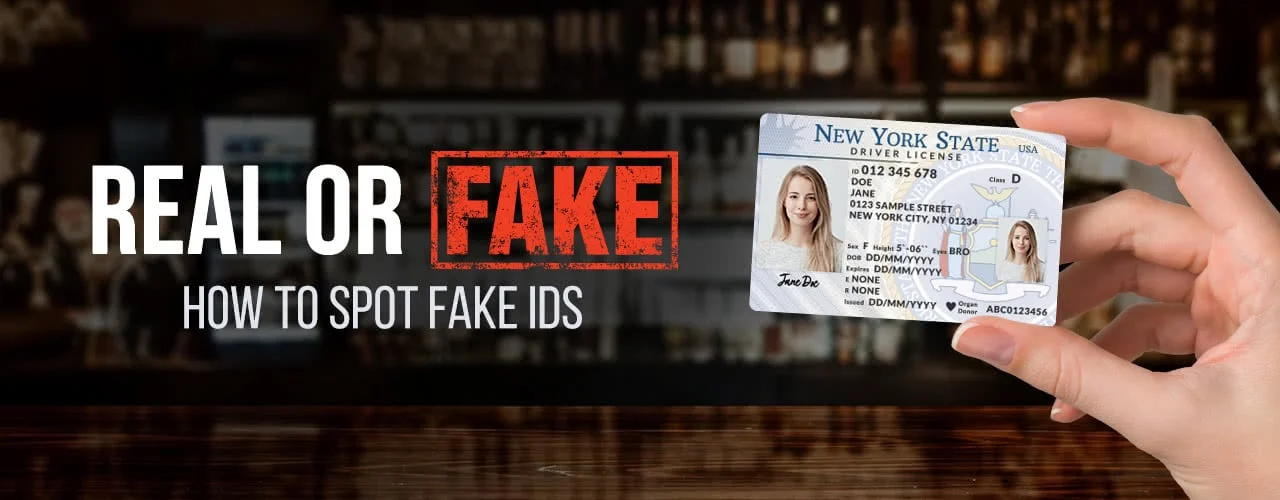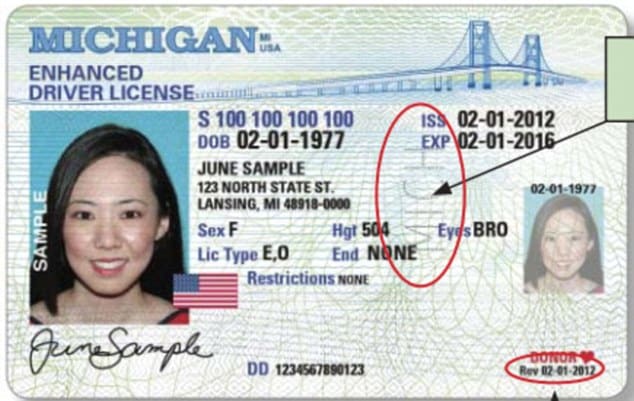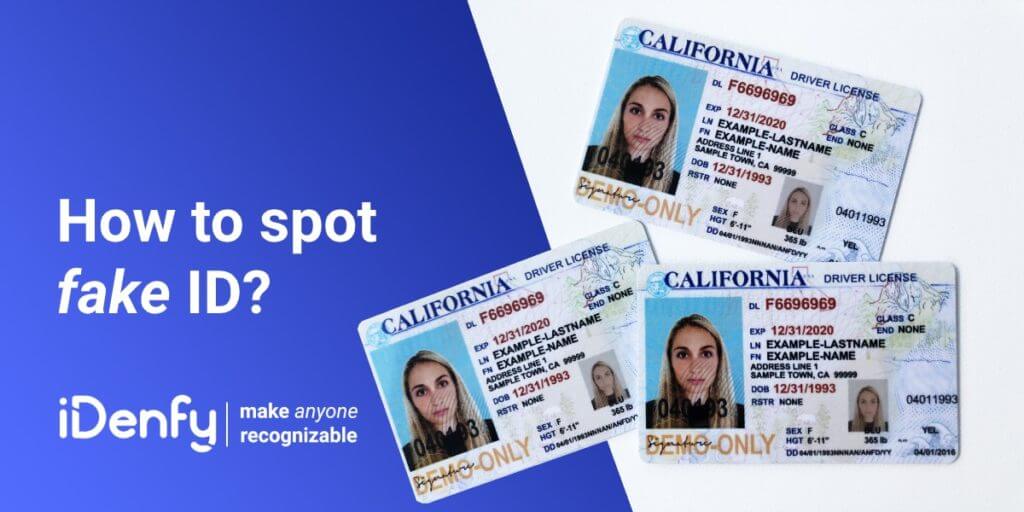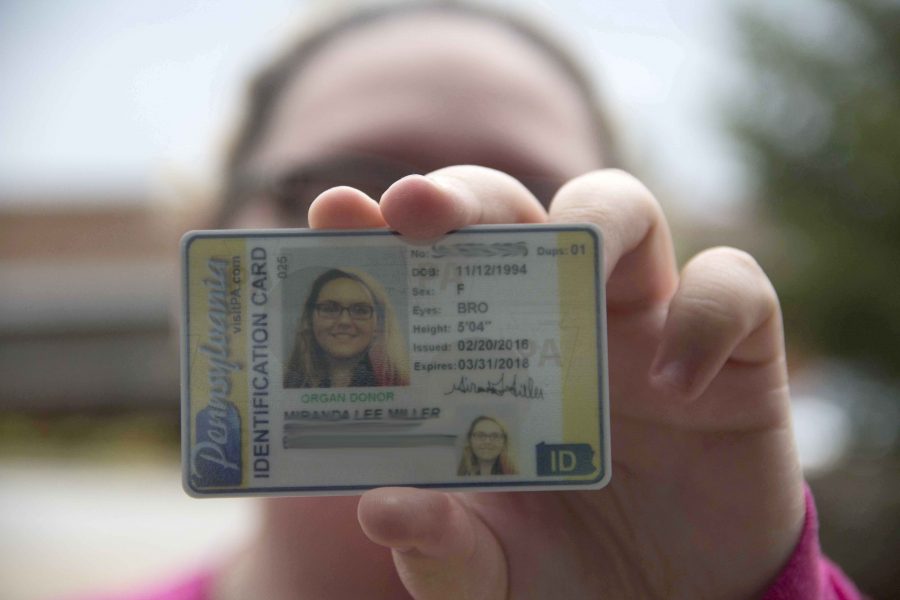“Felony or Misdemeanor? The Legal Ramifications of Possessing a Fake ID”
https://showfakes.com/wp-content/uploads/2023/12/Fake_20ID.jpg 980 572 Admin Admin https://secure.gravatar.com/avatar/9c89a0590fb34eb4e2bf2f9088e9f86a?s=96&d=mm&r=gIntroduction
“The Legal Ramifications of Possessing a Fake ID: Felony or Misdemeanor?” The use and possession of fake identification have been a subject of considerable debate and legal scrutiny. Many individuals, particularly young adults, may be tempted to acquire a fake ID for various reasons, such as gaining entry to clubs, purchasing alcohol, or circumventing age restrictions. However, the legal consequences of possessing a fake ID can be severe and vary depending on jurisdiction. In this article, we will explore the legal landscape surrounding fake IDs, addressing the question: Is having a fake ID a felony?
Understanding Fake IDs
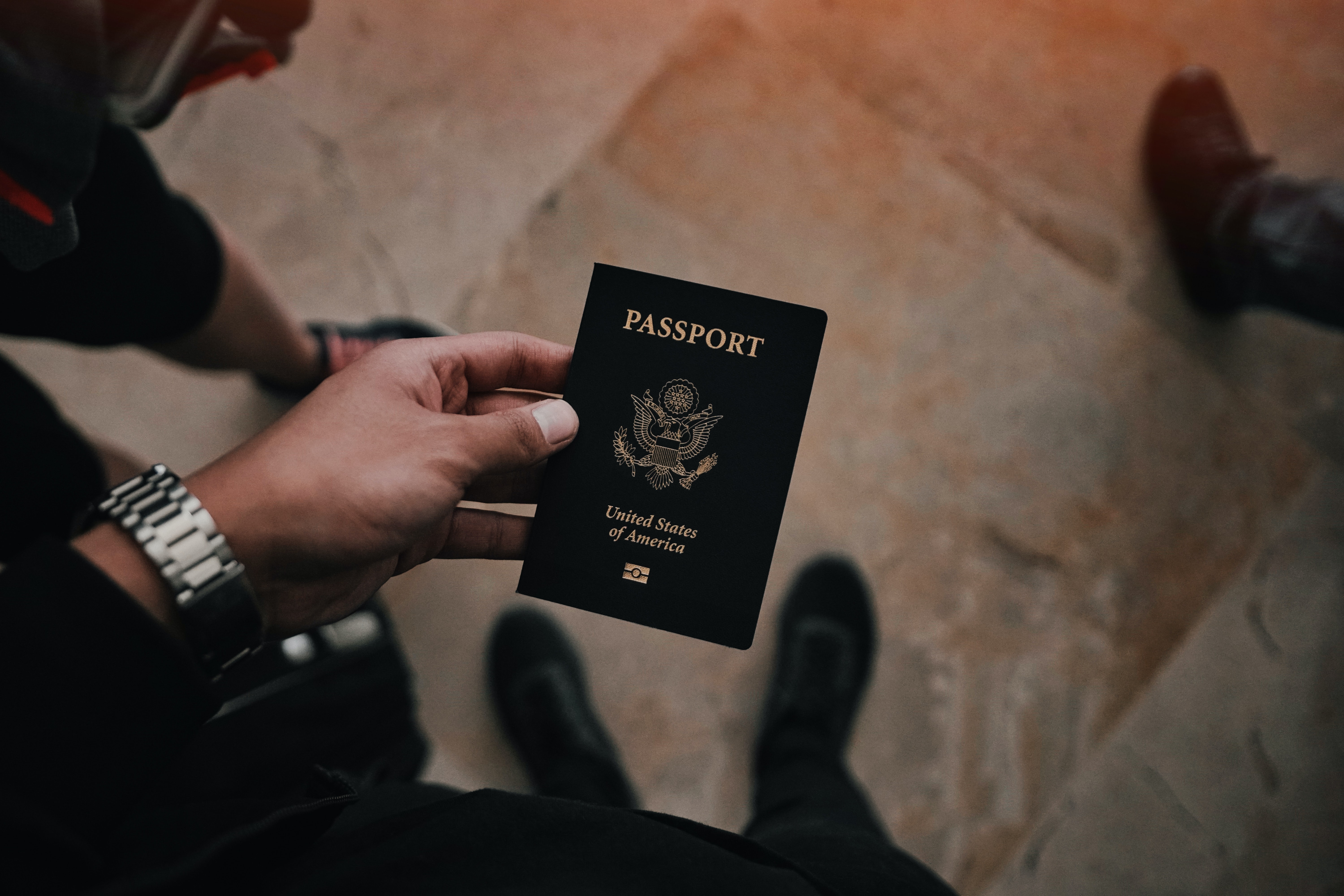
A fake ID is a forged or altered document that misrepresents a person’s identity, often used to gain access to services or privileges restricted to a certain age group. These documents can include fake driver’s licenses, identification cards, or passports. The most common reasons individuals seek fake IDs are to purchase alcohol before the legal drinking age, enter clubs or bars, or engage in other activities limited to adults.
Legal Consequences in the United States
In the United States, the legal consequences of possessing a fake ID vary from state to state. Generally, individuals who are caught with a fake ID can face both criminal and civil penalties. Criminal penalties may include fines, community service, probation, or even imprisonment. Civil penalties may involve the suspension of driving privileges or other non-criminal sanctions.
Felony or Misdemeanor?

Whether possessing a fake ID is considered a felony or a misdemeanor depends on the jurisdiction and the specific circumstances of the case. In many states, possessing a fake ID is typically classified as a misdemeanor offense. Misdemeanors are generally less serious than felonies and carry lighter penalties. However, there are instances where the use of a fake ID can escalate the offense to a felony.
Factors Influencing Felony Classification
Several factors can contribute to the escalation of a fake ID offense to a felony:
- Intent to Commit Fraud: If the individual intended to use the fake ID for fraudulent purposes, such as identity theft or financial fraud, the offense may be elevated to a felony.
- Repeat Offenses: Multiple offenses of possessing or using a fake ID can result in more severe penalties, potentially escalating the charge to a felony.
- Aggravating Circumstances: Certain aggravating factors, such as using the fake ID in the commission of another crime, can lead to felony charges.
- Forgery or Tampering: If the fake ID involves forgery or tampering with official documents, the offense is more likely to be classified as a felony.
Legal Perspectives in Other Countries
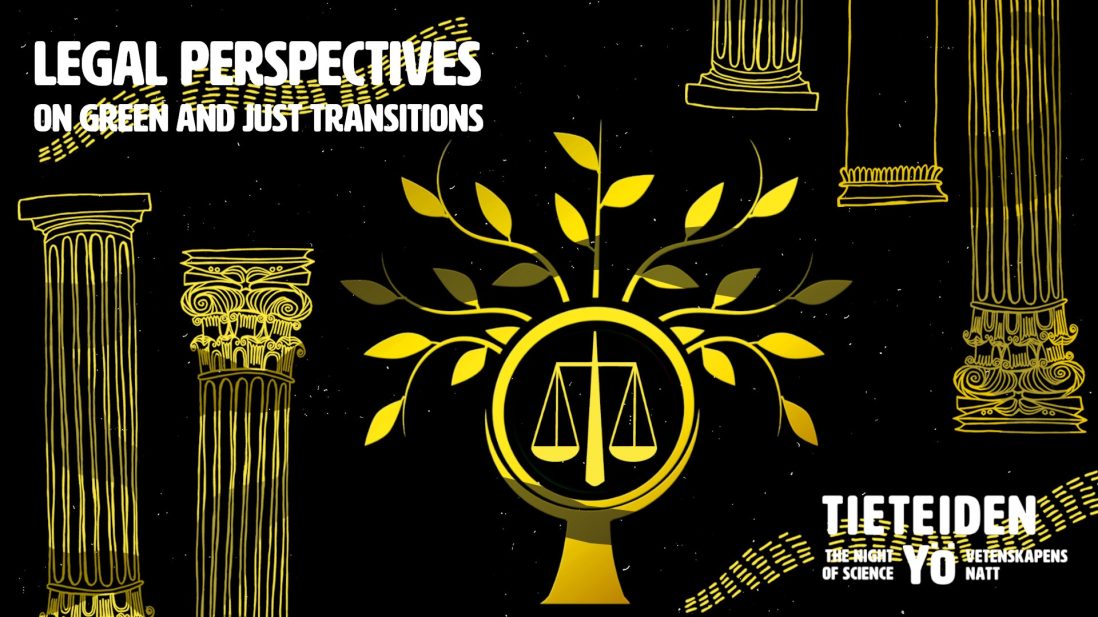
Outside the United States, the legal consequences of possessing a fake ID also vary. In some countries, the penalties may be more lenient, while others may impose strict measures, including imprisonment. It’s crucial for individuals to be aware of the laws in their specific jurisdiction to understand the potential consequences of possessing a fake ID.
The Bottom Line: Tread Carefully
The allure of a fake ID may be strong, but it’s crucial to understand the potential consequences before taking the plunge. Having a fake ID can be a misdemeanor or a felony, depending on a complex web of factors. The risks of legal trouble, academic consequences, and long-term damage to your reputation far outweigh the temporary thrill of underage access. Remember, there are plenty of legal and safe ways to enjoy life and build your own identity without resorting to a fake one.
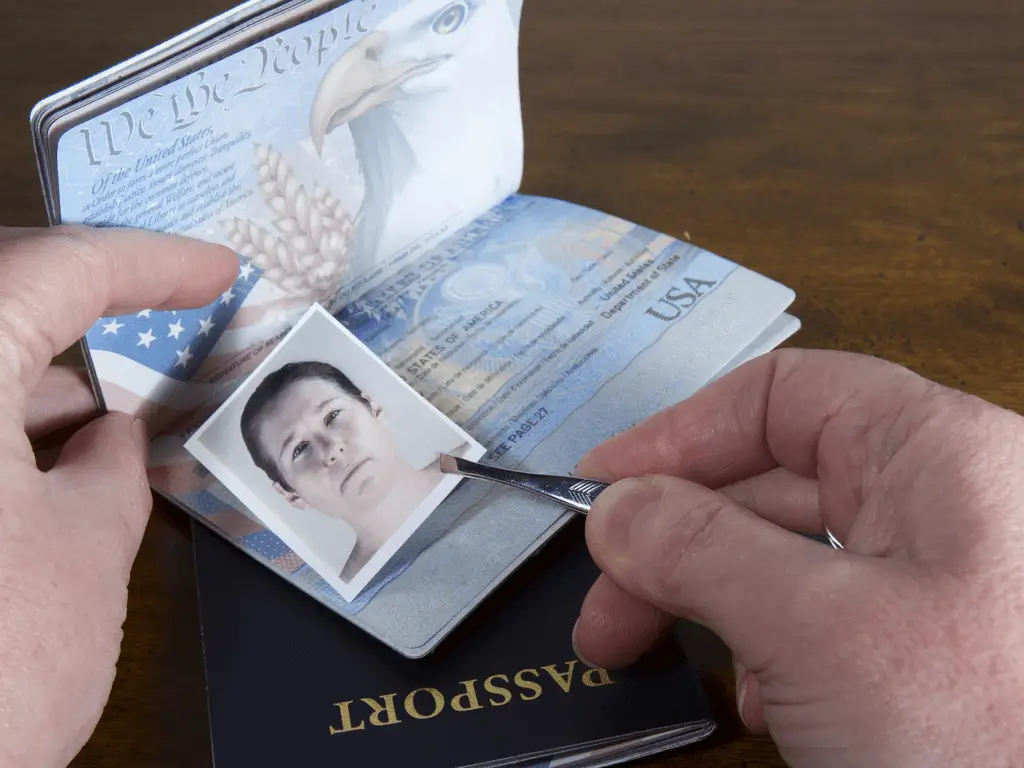
Conclusion
In summary, the legal implications of possessing a fake ID depend on various factors, including jurisdiction, intent, and the specific circumstances surrounding the offense. While many cases are classified as misdemeanors, the use of a fake ID can lead to felony charges under certain conditions. Given the serious consequences, individuals should carefully consider the potential legal risks before obtaining or using a fake ID. Legal advice from a qualified attorney is recommended for anyone facing charges related to fake identification to navigate the complex legal landscape and make informed decisions.
